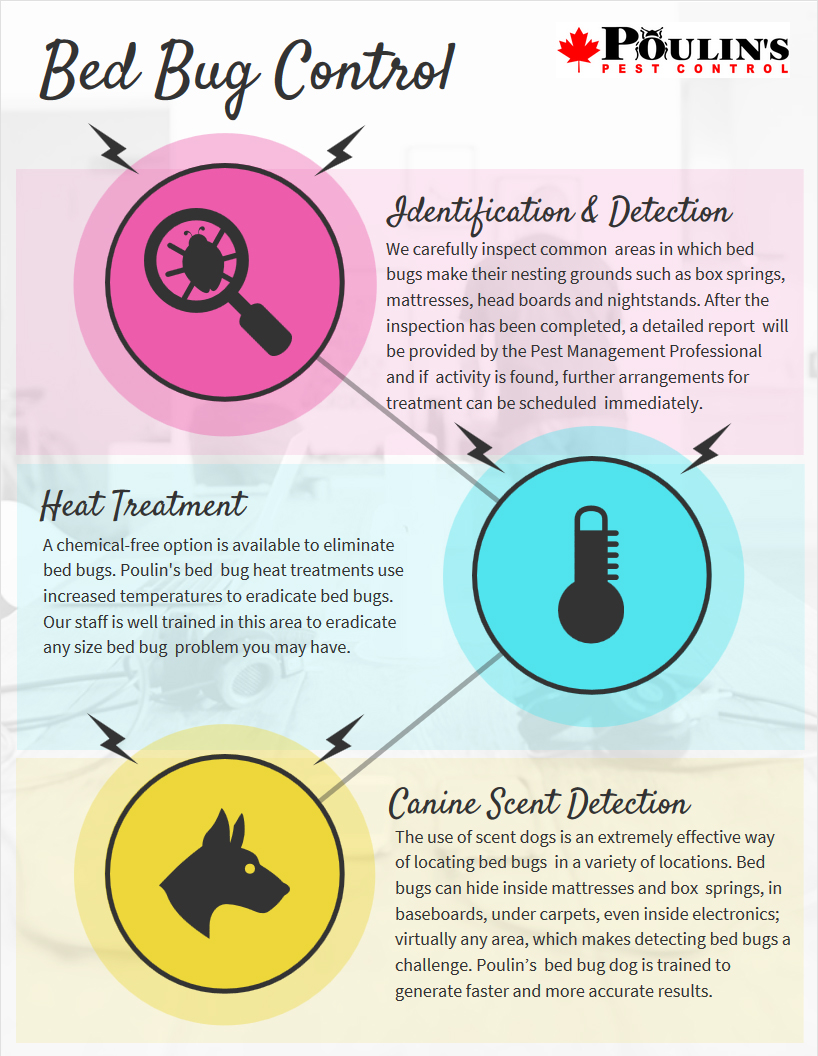Reliable Kings Pest Control Cincinnati Ohio: Dependable Solutions
Wiki Article
Kinds Of Parasite Control: Which Approach Is Right for Your Invasion?
When confronted with a bug invasion, the selection of an appropriate technique for parasite control is important in successfully handling the scenario. From chemical therapies to biological solutions, there exists a variety of techniques that can be employed to deal with various sorts of insects. Each method features its very own set of advantages and considerations, making the decision-making procedure a nuanced one. Understanding the subtleties of each method and examining their compatibility with the specific parasite infestation at hand is essential for attaining long-term success in pest monitoring. By checking out the various sorts of parasite control methods readily available, individuals can make enlightened decisions tailored to their distinct conditions, guaranteeing a more reliable and sustainable result in parasite elimination.Chemical Pest Control
Chemical pest control includes the usage of synthetic or normally derived chemicals to manage and remove pest populaces effectively. This approach is commonly utilized in agriculture, forestry, and residential settings to fight a vast array of insects, including insects, weeds, and rodents. Using chemical pesticides can give quick and targeted remedies to pest invasions, making it a popular option for numerous people and businesses.One of the vital advantages of chemical pest control is its capacity to promptly remove bugs, minimizing the threat of damages to crops, home, and human health. By utilizing specific chemicals that target specific parasites, this approach can successfully control problems while lessening damage to valuable microorganisms and the environment when applied properly.
However, making use of chemical pest control also increases issues concerning potential negative effects on non-target varieties, water sources, and human wellness. It is important to comply with safety and security guidelines, apply chemicals properly, and take into consideration alternate insect control methods to minimize these threats and ensure sustainable insect administration practices.
Biological Bug Control
Biological pest control, likewise known as biocontrol, makes use of living organisms to minimize and manage parasite populaces normally. By utilizing the pest's all-natural predators or microorganisms, organic pest control uses a lasting and ecologically pleasant remedy to pest administration.
Mechanical Insect Control
Using physical and hand-operated methods to handle bug populations, mechanical insect control supplies an alternative method that does not rely upon the use of living microorganisms or synthetic chemicals. This approach involves using obstacles, catches, or various other tools to physically discourage or get rid of insects. By blocking parasite entry factors or establishing catches to catch them, mechanical bug control can efficiently decrease problems without introducing chemicals right into the atmosphere.One common example of mechanical bug control is using mesh displays on doors and Kings pest control services Cincinnati oh windows to prevent pests from entering buildings. This basic yet effective approach serves as a physical barrier, maintaining parasites out while enabling for appropriate air flow. Additionally, tools like mousetraps, fly swatters, and ultrasonic repellents fall under the mechanical pest control group.
While mechanical pest control methods can be labor-intensive and call for regular monitoring and maintenance, they provide a lasting and eco-friendly solution for managing pest invasions. By integrating different mechanical methods, building proprietors can create an extensive bug control method that lessens dependence on chemical pesticides.
Physical Parasite Control

Some common physical parasite control techniques consist of the use of barriers such as screens or internet to avoid pest entrance, catches to capture and remove insects, and hand-picking to literally get rid of pests from plants or structures. Furthermore, strategies like warmth therapies can be utilized to regulate parasites like bed pests by increasing the temperature level to levels that are lethal to the insects.
Physical insect control is specifically helpful in integrated bug monitoring (IPM) approaches, where numerous pest control approaches are incorporated for reliable parasite administration while decreasing using chemicals. By making use of physical pest control methods, individuals can efficiently address insect invasions with very little environmental impact.
Integrated Pest Management
When executing physical bug control techniques as part of insect monitoring methods, Integrated Bug Monitoring (IPM) becomes an extensive strategy that leverages different methods to properly control pest populaces. IPM focuses on lasting avoidance of bugs via a mix of biological, social, physical, and chemical devices customized to specific bug issues. By integrating numerous control strategies, IPM aims to decrease the risks connected with parasites while also lowering dependence on chemical services.One key element of IPM is the focus on tracking and evaluating pest populaces to establish the most proper control techniques. This aggressive method enables early intervention and targeted techniques, bring about more efficient parasite monitoring. Furthermore, IPM advertises ecologically friendly techniques by focusing on non-chemical control approaches and just utilizing pesticides as a last hope.
Conclusion

By using the insect's natural predators or microorganisms, organic bug control uses a eco pleasant and lasting solution to pest management. - Kings cincinnati pest control
Utilizing manual and physical methods to manage bug populations, mechanical insect control uses a different technique that does not depend on the usage of living microorganisms or synthetic chemicals.An efficient approach to managing bug populations without relying on chemical or biological methods entails the use of physical bug control techniques.When carrying out physical pest control approaches as component of pest administration approaches, Integrated Insect Administration (IPM) arises as a comprehensive technique that leverages numerous techniques to properly regulate pest populations. Chemical bug control involves the use of pesticides, biological bug control utilizes natural predators, mechanical insect control entails physical obstacles, physical insect control includes capturing or eliminating pests, and integrated parasite management integrates multiple techniques for an all natural strategy to pest control.
Report this wiki page